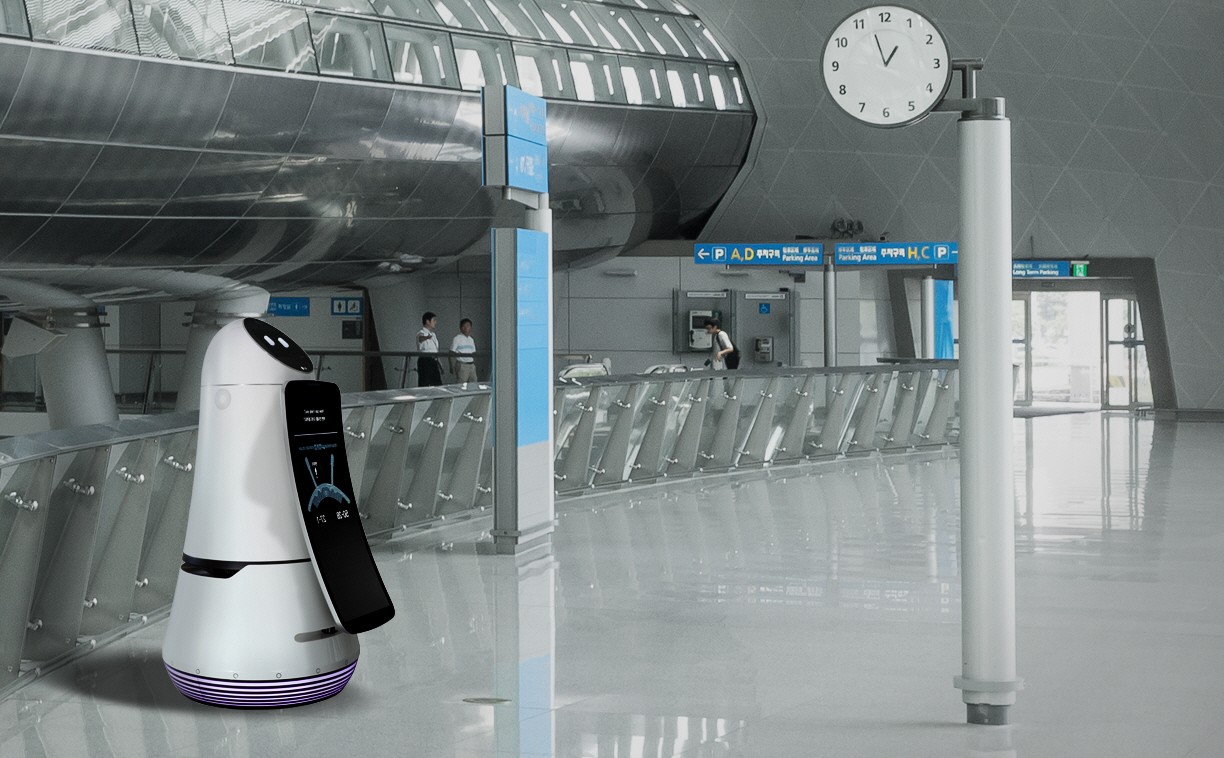This Chinese Town Is Like A Tiny Venice

More often than not, major tourist attractions can be disappointing; shopworn from over exposure, overrun with frenetic tourists, and never shy of unrelenting souvenir hawkers attempting to palm off cheap knock-offs and novelty items. And there’s nothing worse than one thousand heads littering the view of your otherwise jaw-dropping travel ‘gram.
The most popular section of The Great Wall of China falls in line with most of the above, though it still manages to retain the grandeur you’d expect from a structure built as early as the seventh century BC. Snaking a whopping 21,000 kilometres from Dandong in the east to Lop Lake in the west, it’s a mystery why most camera-happy tourists flock to the shoulder-to-shoulder Badaling section.
Those seeking a cultural experience without feeling like another cog in the tourism machine are in luck. A less trodden attraction can be found within arm’s reach of both the mammoth structure and the Chinese capital.

Located two-hours drive from the outer ring roads of Beijing in Gubeikou Town is the remarkable Gubei Water Town. As well as acting as a gateway to the relatively popular (and allegedly most dangerous) Simatai section of the Great Wall, the village-cum-theme park allows easy access to Jinshaling. The majestic section of the Wall is the most popular with hikers, offering a 10 kilometre trek between crossroads, both crumbling and restored sections, with sweeping views in every possible direction.

Found down the road at the foot of the Miyun County mountain ranges and the neighbouring Mandarin Duck Lake Reservoir, Gubei Water Town is its own architectural masterpiece worth the visit alone. The village proves the industrial might of China; the entire nine-square- kilometre village was constructed in just three years as a nod to the ancient water town Wuzhen near Shanghai. Replete with canals, steep overhanging bridges and endless supply of cobblestones, it’s managed to earn itself the appropriate nickname: “Venice of the East”. Though, the most appealing factor of Gubei is that it’s most commonly a holiday destination for locals and is rarely visited by western tourists.

Intrepid travellers will find plenty to like in the cobbly maze. A stroll through the disordered network of hutongs (or laneways) will lead you past traditional Chinese houses, boutique hotels, authentic Chinese restaurants, soaring bell and drum towers, open courtyards, boat rides, a Starbucks (which perhaps ruins the magic), and unexpected hidey-holes in which to soak up Chinese wine. There’s even a village distillery that welcomes guests to observe the practises of wine making while sampling in the process.

The optimum option is to set yourself up in one of the several boutique hotels or inns to get a feel for the region and recharge before your jaunt along the Wall. The Gubei Water Hotel is the most luxurious accommodation on offer. The hotel is modelled after a European castle with extensive brickwork and a tangle of corridors and hallways. It also boasts mandatory karaoke on the second floor and a buffet breakfast to rule them all led by unconventional early morning options like: congee, ox tail noodle soup and fermented tofu. For a more affordable and rewarding experience, there are 400-odd bed’n’breakfast inns within the homes of locals that can be booked. The inns are harder to track down online, unless you’re fluent in Mandarin, but can be found when you’re within close proximity or by hanging over the waterways.

By night, the village exudes the romanticism and thrill found in its European sister city. Every given nook and cranny of the village is illuminated it all its glory; hanging lamps and strings of festoon bulbs heighten the allure of village’s laneways and children run free with paper lanterns. As guests come out to enjoy the surroundings, the village becomes a thriving night spot, shaking off online proclamations that it’s a ghost town. The overshadowing Simatai section of the Wall also comes with its quota of lights, and the serpentine structure can be seen beaming on the horizon. As you’d imagine, the photo opportunities are endless.
On your journey onward, the cable car makes things easier when looking to reach Simatai. The short ascent allows visitors to see the sections between towers #5 and #6. For the more adventurous, the hike up to the summit is a breezy 20-minutes.
The admission fee to Gubei Water Town is $29AUD. It can be found in Gubeikou Town, 125 kilometres from Beijing.
[qantas_widget code=PRK]Check out Qantas flights to Beijing.[/qantas_widget]








